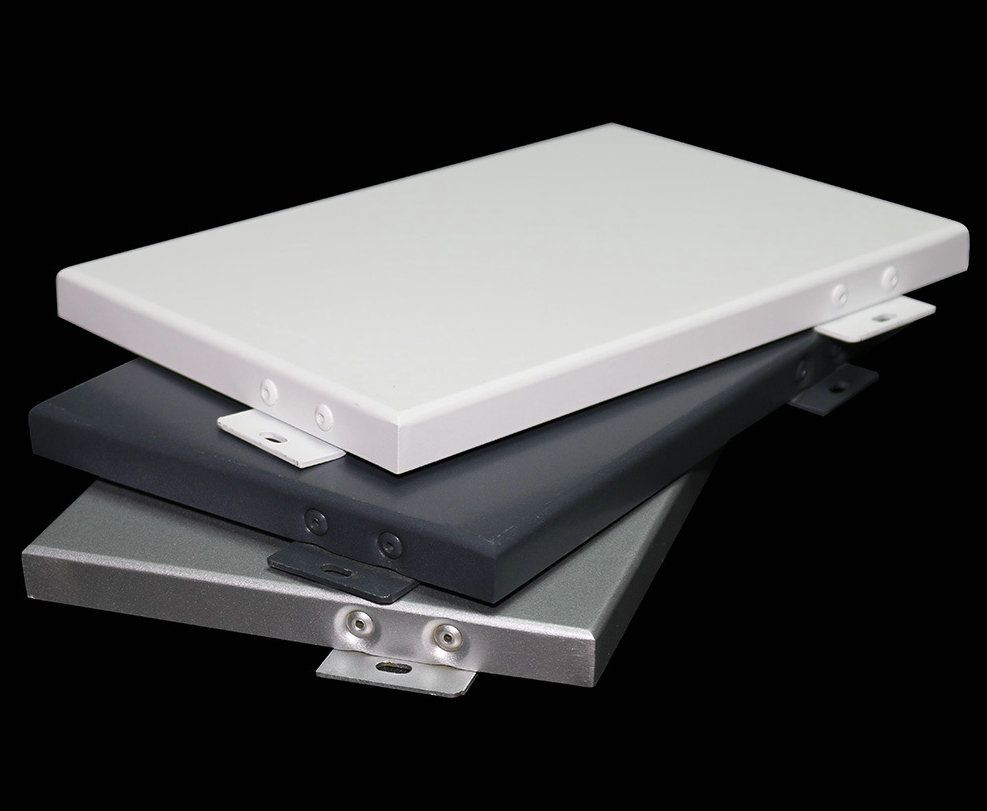Introduction
Anodizing aluminum alloys is a common surface treatment method aimed at enhancing their performance and decorative appeal by forming an oxide layer on the surface. However, the process and outcomes of anodizing are influenced by various factors, with material properties playing a crucial role. This article delves into the relationship between anodized aluminum alloys and material properties, aiming to provide readers with a deeper understanding of this surface treatment technique and its application.

Material Composition
The composition of aluminum alloys significantly impacts the anodizing process and outcomes. Different elements’ content and types affect the formation rate, thickness, and properties of the oxide layer. For instance, alloys containing silicon and magnesium often yield thicker and more uniform oxide layers, enhancing their corrosion resistance and hardness.
Alloy State
The state of the alloy, whether it’s in its cast, wrought, or heat-treated state, also influences the anodizing process and characteristics of the oxide layer. Aluminum alloys in different states may exhibit varying oxidation behaviors and properties. Heat-treated aluminum alloys, for example, generally possess higher hardness and corrosion resistance, making them suitable for more demanding applications.
Surface Preparation
Pre-anodizing surface preparation of aluminum alloys is crucial for ensuring the quality and performance of the oxide layer. It’s imperative to clean the surface thoroughly, removing any impurities, oils, dirt, or oxidation layers to facilitate the formation and adhesion of the oxide layer.
Anodizing Process Parameters
Various parameters during the anodizing process, such as electrolyte composition, temperature, current density, and duration, significantly affect the thickness, color, and structure of the oxide layer. Proper control of these parameters enables precise manipulation of the oxide layer’s properties.
Alloy Applications
Aluminum alloys intended for different applications may have varying requirements for the oxide layer. For instance, alloys used in the construction or automotive industries often need excellent decorative appeal and corrosion resistance. Therefore, meticulous control of the anodizing process is necessary to meet these demands.

Conclusion
The relationship between anodized aluminum alloys and material properties is intricate and multifaceted. By comprehensively understanding and controlling factors such as composition, state, surface preparation, and process parameters, optimal outcomes regarding the oxide layer’s properties and performance can be achieved. This knowledge enables tailored solutions to meet the diverse requirements across various application fields.


